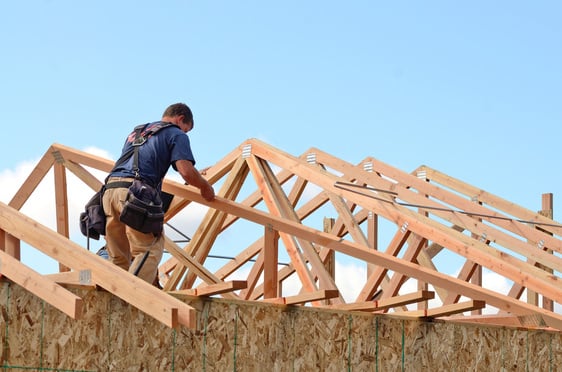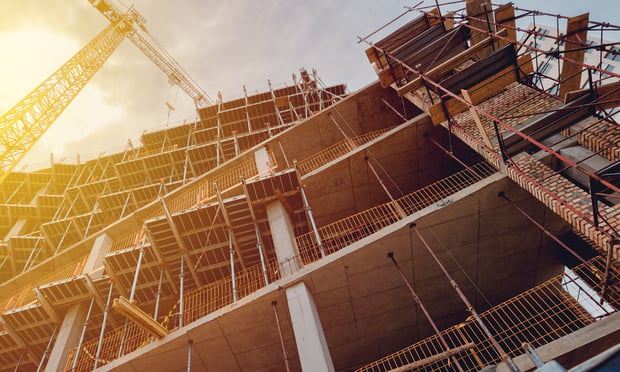McCarthy Cook co-president Ed Cook tells GlobeSt.com that when it bought the two-building, 750,000-sf China Basin Landing development in 1997, it found that the Berry Building was built with a 10-inch reinforced concrete slab as its roof. Eventually, they discovered that the building was designed to support a parking structure on its roof, which meant it had the vertical loading capacity for an addition. Modern code, however, requires a building have not only the vertical loading capacity but also the ability to take a horizontal load--the kind created by earthquakes.
The $90-million expansion will utilize a new structural isolation system that will result in the entire structure having the earthquake resistance of a mission critical facility such as a datacenter. Moreover, it will be expanded without having to relocate any of the tenants in the Berry Building, which is essentially 100% leased to a mix of office, research and medical clinical space users, including UCSF, which keeps its radiology department and related clinical labs in the building.
The addition is designed to accommodate both life sciences tenants and office tenants. Cook says an interstitial floor between the roof of the existing building and the newly created floors will house mechanical/plumbing systems and provide duct/chase area for specialized tenant applications. The addition also will create an extensive usable rooftop area for mechanical/reserve power systems.
China Basin Landing is adjacent to AT&T Park, Mission Bay and three different mass transit options. It is also one block from the recently formed California Institute for Regenerative Medicine, which will administer some $3 billion in state funds for stem cell research to California universities and research institutions over the next 10 years.
As well, China Basin landing is the first office project in San Francisco when coming from the south and one of the first when coming in from the East Bay. These factors are in large part why China Basin Landing is currently 95% leased and why interest has been strong for the additional space, says Cook, adding that he expects to have the space ready six months ahead of any competition.
The cost of the addition works out to about $515 per sf. Cook says that given a $100-per-sf build-out for a life sciences tenant, the triple-net rent for the space would need to be in the vicinity of $4 per sf per month to make the investment pencil.
The development, leasing and management of China Basin and the Berry Street addition is handled by a McCarthy Cook team led by Mike Freeman, the company's EVP of development. Third-party players include HOK Architects, Hathaway Dinwiddie & Co. (general contractor) and Simpson Gumphertz & Heger (structural engineers).
Continue Reading for Free
Register and gain access to:
- Breaking commercial real estate news and analysis, on-site and via our newsletters and custom alerts
- Educational webcasts, white papers, and ebooks from industry thought leaders
- Critical coverage of the property casualty insurance and financial advisory markets on our other ALM sites, PropertyCasualty360 and ThinkAdvisor
Already have an account? Sign In Now
© 2024 ALM Global, LLC, All Rights Reserved. Request academic re-use from www.copyright.com. All other uses, submit a request to [email protected]. For more information visit Asset & Logo Licensing.








